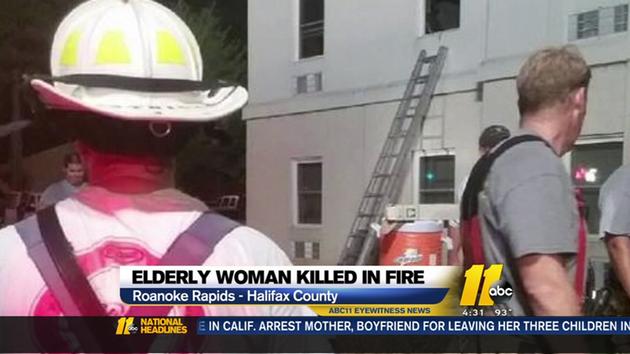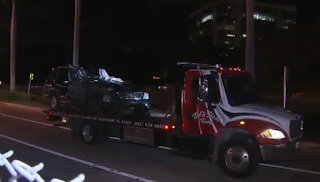Barnstable County, Mass.
Barnstable officials contend fire training academy polluted drinking wells
The town of Barnstable has filed a lawsuit against Barnstable County seeking nearly $2 million in damages for the contamination of several Hyannis wells.
In 2014 and 2015, at least three Hyannis wells were found to contain levels of perfluorooctane sulfate, or PFOS, that exceeded federal guidelines, according to the complaint filed Tuesday in Barnstable Superior Court. An earlier report by the nonprofit Silent Spring Institute in 2010 concluded the water system was contaminated with PFOS. The contaminants came from the Barnstable County Fire and Rescue Training Academy where foams containing the hazardous chemical were being used for training activities, according to the complaint.
The U.S. Environmental Protection Agency has warned that exposure to PFOS over certain levels can cause adverse health effects and can be particularly harmful to fetuses or newborn infants.
The contamination has cost the town at least $1.9 million to design, build and install treatment systems, as well as to pay legal expenses, consultant costs and personnel time, said Charles McLaughlin, Barnstable assistant town attorney. The town also paid about $216,000 to connect to Yarmouth’s water system in case the treatment of the wells was unreliable, according to the complaint.
In late May, the EPA issued new guidelines for PFOS and another perflourinated compound of emerging concern — PFOA. As a result of the new thresholds, a well in Barnstable was found to exceed the limits, prompting officials to take it offline, issue a health advisory and offer bottled water to residents while the well was offline.
The health advisory stated the most likely source of PFOS and PFOA in the Mary Dunn wellfield is from the use of firefighting foams at the county’s training academy on South Flint Rock Road north of Barnstable Municipal Airport.
“In addition to PFOS, other hazardous materials have been released from the academy since the 1980s, including petroleum and perchlorate,” according to the complaint. “These releases also have migrated to and contaminated the Mary Dunn Wells.”
The town wants the county not only to pay for past expenses, but to be held liable for all future expenses connected to the contamination, including future claims, according to the complaint.
In the fall, the town asked the county to post a $3 million bond to ensure money would always be available to cover future costs, McLaughlin said.
The county so far hasn’t complied with that request, he said. That request isn’t included in the complaint filed Tuesday, he said.
County Administrator Jack Yunits said that while he couldn’t comment on the pending litigation, the county has been making progress cleaning up the contaminated land.
“We’ve had a good solid year in terms of improvements,” he said. “We’re in the process of removing a lot of the contaminated soils and we’re cleaning on site as much as we can.”
The county spent more than its appropriated budget of $232,000 on cleanup over the past year, he said, and county officials have appropriated an additional $232,000 to continue cleanup efforts.
According to the complaint, the Hyannis Water Board asked the county to relocate the training academy to a less densely populated area away from drinking wells in 2007 and repeated the request in 2012, but the county refused to do so.
“Although the county has admitted to causing or contributing to the contamination, in part due to mismanagement and lack of oversight at the academy, it has failed to agree to contribute to any of the town’s response costs, and continues to host fire training activities at the academy that exacerbate the contamination,” the complaint says.
Last year, Barnstable County Commissioners voted to limit training at the academy to classroom sessions and activities using water after a foamy substance found at the property tested positive for PFOS.
The town’s next step is to wait for the county to file an answer to the complaint, McLaughlin said. The county plans to file a response within 20 days, Yunits said.
Source: http://www.capecodtimes.com, July 13, 2016
By: Madeleine List























 (Batavia police)
(Batavia police) 




 Courtesy NTSB An aerial view of the site where two trains crashed near Amarillo, TX on June 28.
Courtesy NTSB An aerial view of the site where two trains crashed near Amarillo, TX on June 28. 











